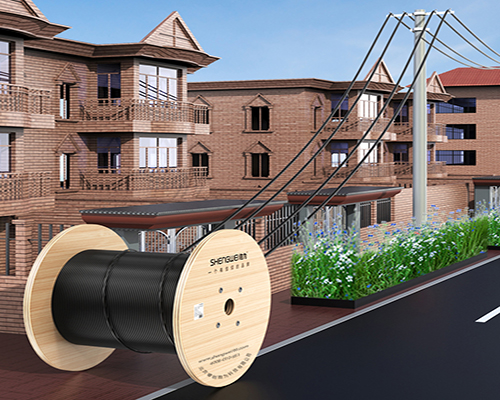Optical fiber communication refers to a way of transmitting information using light and optical fiber, which is a kind of wired communication. Light modulated to carry information.

When did fiber optic communication appear?
Optical fiber communication is the main transmission method of modern communication networks. Its development history is only ten or twenty years, and it has gone through three generations: short-wavelength multimode fiber, long-wavelength multimode fiber and long-wavelength single-mode fiber. The use of fiber optic communication is the history of communication. The adoption of optical fiber communication is a major change in the history of communication. More than 20 countries including the United States, Japan, the United Kingdom, and France have announced their commitment to the development of optical fiber communications, and will no longer build optical cable communication lines.
The birth and development of optical fiber communication is an important revolution in the history of telecommunications, and satellite communication and mobile communication are listed as technologies in the 1990s. After entering the 21st century, due to the rapid development of Internet services and the growth of audio, video, data, and multimedia applications, there is a more urgent need for large-capacity (ultra-high-speed and ultra-long-distance) optical wave transmission systems and networks.
Technical means of optical fiber communication
Optical fiber communication is a latest communication technology that uses light waves as carrier waves to transmit information, and uses optical fibers as transmission media to realize information transmission and achieve the purpose of communication.
The development process of communication is to continuously increase the carrier frequency to expand the communication capacity. The optical frequency as the carrier frequency has reached the upper limit of the communication carrier. Because light is an electromagnetic wave with a very high frequency, the communication capacity of using light as a carrier is extremely large. It is thousands of times more attractive than the past communication methods. Optical communication is the goal that people have long pursued, and it is also the inevitable direction of communication development.
Compared with the previous electrical communication, the main difference between optical fiber communication is that it has many advantages: it has large transmission frequency bandwidth and large communication capacity; low transmission loss and long relay distance; thin wire diameter, light weight, raw material is quartz, saving metal materials, It is conducive to the rational use of resources; it has strong insulation and anti-electromagnetic interference performance; and also has the advantages of strong corrosion resistance, strong radiation resistance, good windability, no sparks, small leakage, and strong confidentiality. It can be used in special environments or military use on.
Application fields of optical fiber communication
The application field of optical fiber communication is very wide, mainly used for local telephone trunks. The advantages of optical fiber communication can be fully exerted here, gradually replacing cables and being widely used. It is also used for long-distance trunk communication. In the past, it mainly relied on cable, microwave, and satellite communication. Now it is gradually using optical fiber communication and has formed a bit transmission method that dominates the world. It is also used for high-quality color TV transmission, industrial production site monitoring and dispatching, traffic monitoring and control command, urban cable television networks, and shared antenna (CATV) systems. Used in fiber optic local area networks and other applications such as in aircraft, spaceships, ships, underground mines, power sector, military, and corrosion and radiation.